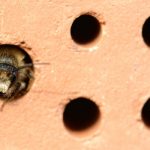Contrary to popular belief some weeds are beneficial, particularly in areas where the landscape has been disturbed. Read on to find out how these plants act as a bandage for the soil and surrounding environment.
While construction sites are generally inhospitable to most forms of life, there are a few hardy plants whose specialty is growing in such harsh conditions.
Perhaps you live near just such a site or pass one on your way to work and have noticed plants taking root in the rock and dust. Have you ever wondered what they are?
Here’s a list of native plants that are likely to take root in and around recently cleared land.
Buffalo bur is almost ubiquitous throughout San Antonio’s construction sites.
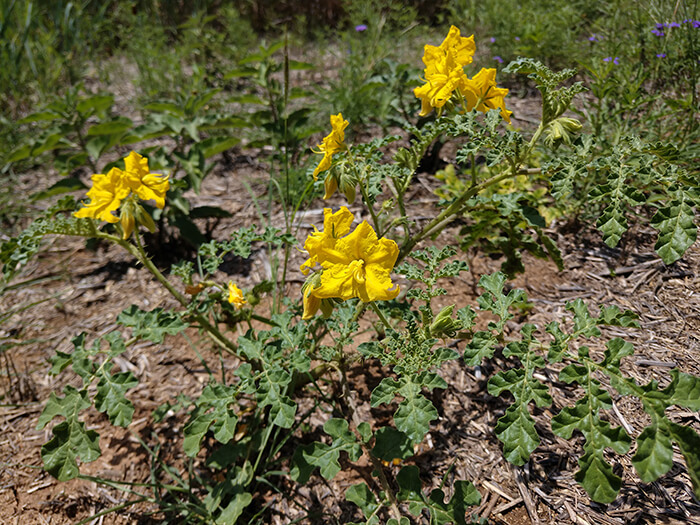
The attractive, bright yellow flowers belay the fact that the stems, leaves and fruits are covered in large prickles. This annual grows up between rocks in early summer and will bloom until fall seemingly without any water. The flowers are especially important for larger native pollinators like bumblebees, but better enjoyed from afar by humans, and the seeds are savored by birds.
Prairie verbena is another common denizen of disturbed sites.
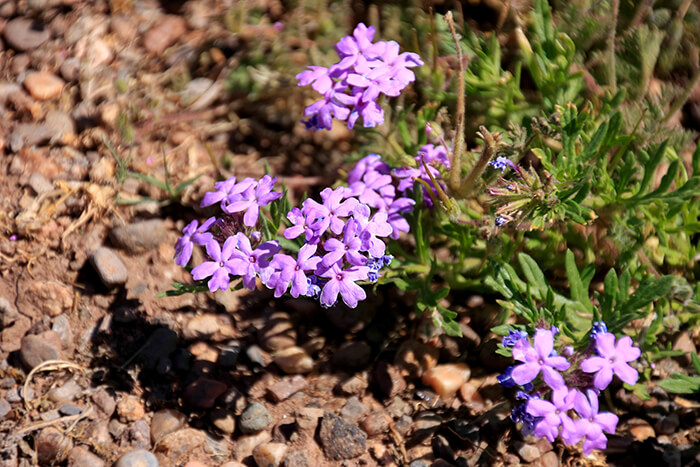
Closeup shot of a purple Prairie verbena
The clusters of bright purple flowers pop next to buffalo bur and occur year round, whenever temperature and moisture allows. This extremely hardy plant likes full sun and good drainage, conditions found in construction zones as well as many landscapes in San Antonio. In fact, I’ve planted some in my own garden. Prairie verbena is an important pollinator plant due to the quantity and frequency of its blooms.
A more subdued but prolific construction site volunteer is the humble prairie tea.
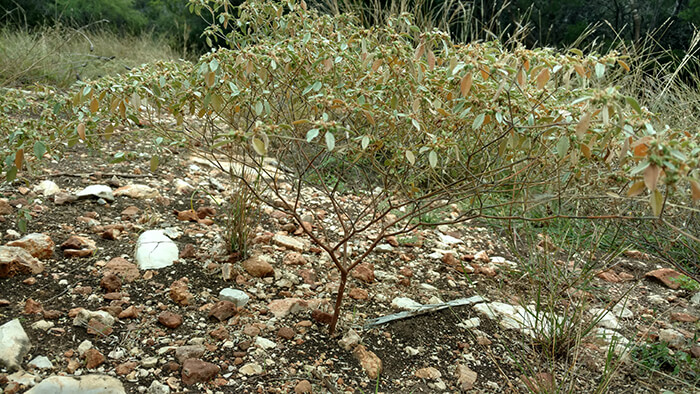
Individually, they look like miniature savannah trees and when they grow together their gray-green foliage forms a canopy about 6 to 8 inches from the ground. While the flowers are small, they are prolific and prairie tea produces large quantities of quality seeds that birds love. Although I’ve read that a tea can be brewed from the leaves, I’ve never personally made it.
Two of the more rare plants that tend to make their home in the wasteland around new construction are devil’s claw and devil’s trumpets.
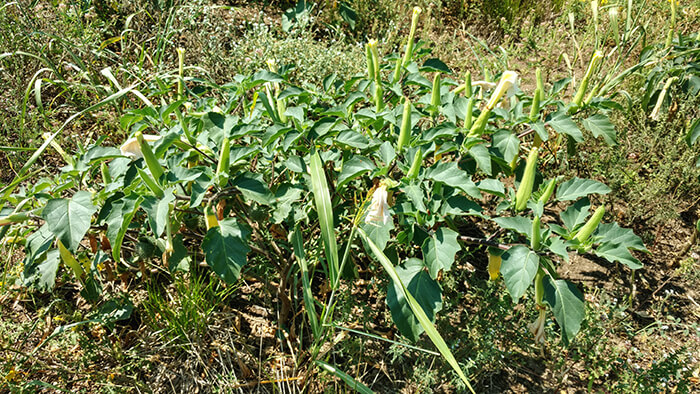
Both have big leaves, rather showy flowers, interesting seed pods, and are odorous and sticky to the touch. Devil’s trumpet has large white evening blooming flowers that give way to spiky fruits, while devil’s claw has somewhat smaller flowers that are white and yellow with pink spots that produce a wicked looking follicle with two prominent curling spikes.
Weeds like these perform vital ecological services that often go overlooked, but nevertheless help promote a healthier environment in San Antonio. They improve the quality of local air and water by stabilizing soil, slowing erosion and reducing dust. They also provide much needed food and shelter for threatened pollinators and birds.
Finally, they change soil characteristics by cooling the soil and increasing organic material, making it more hospitable for longer lived perennials and soil invertebrates. These plants act as a bandage for the soil, a necessary step in healing the landscape after it is disrupted.



